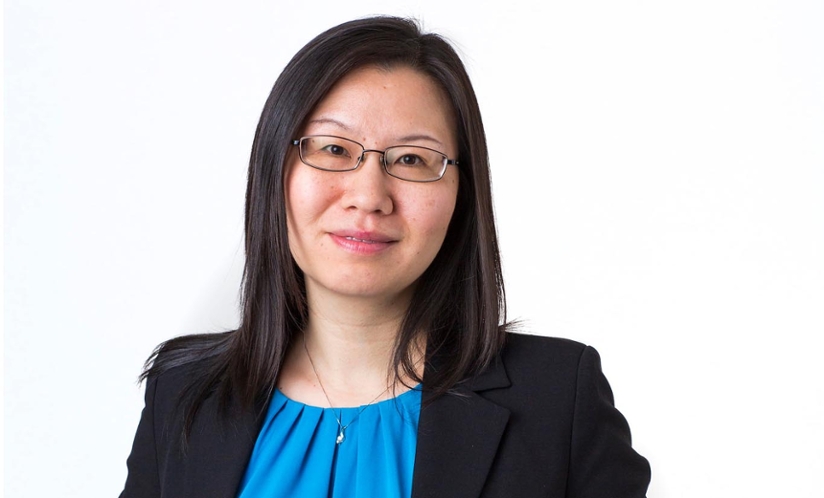What if a brain scan could detect the presence of a mental disorder even before symptoms have emerged? Or predict which depressed patients would respond to a particular medication and which would not? Or determine the likely rate of progression of Alzheimer's?
Ying Guo is working to transform such aspirations into reality using math. Really, really sophisticated math. Guo is director of the Center for Biomedical Imaging Statistics (CBIS) at the Emory University CBIS drives research and ultimately clinical practice by developing specialized statistical techniques tailored for data collected through biomedical imaging studies. The center includes another core faculty member — Suprateek Kundu — several affiliate faculty members, an application developer, postdoc fellows, and doctoral students in biostatistics.
The center often collaborates with researchers, many from the school of medicine, who are trying to find the underlying brain anomalies of mental disorders, drug cravings, and other mysteries of the mind. Guo and her team at the center provide the necessary mathematical muscle, devising the statistical models that can take in the vast, cacophonous universe of data produced by today's sophisticated scanning technologies — sMRIs, fMRIs, and DW-MRIs — and pull out the meaningful tidbits of information.
"Imaging technology is changing so rapidly, which means the tools used to analyze it must change rapidly as well," says Lance Waller, chair of the biostatistics and bioinformatics department. "Ying is part of an initial generation of statisticians focusing on this. She is collaborating hand-in-hand with people developing the new measurement technologies and the neuroscientists working with patients to develop new analytical tools. And she is training the next generation of imaging statisticians."
Full Story: "Finding mental disorders with math" >>


